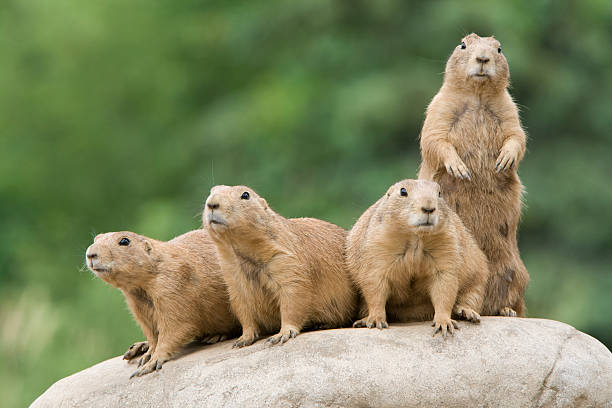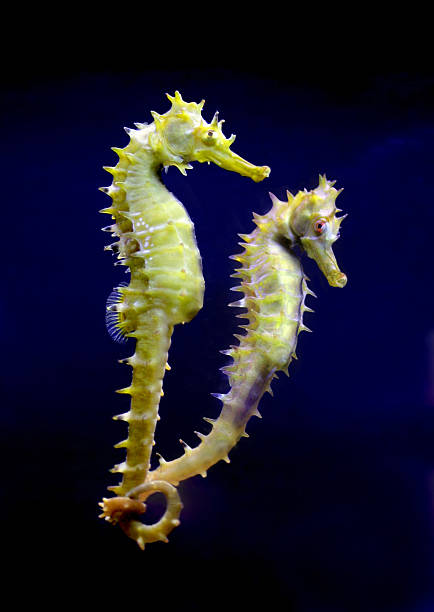Understanding the Fascinating Lives of Prairie Dogs
In the world of pets and wildlife, there are some creatures that are often overlooked. One such animal is the prairie dog, a small rodent that lives in complex colonies in the grasslands of North America. These social creatures have a fascinating lifestyle that is rich in communication, cooperation, and adaptability. This article delves into the intriguing world of prairie dogs, providing insights into their behavior, social structure, and the challenges they face in the modern world.

The Life and Habits of Prairie Dogs
Prairie dogs are burrowing rodents found in the grasslands of North America. They live in large colonies known as ‘towns’, which can span hundreds of acres and host thousands of individuals. Prairie dogs are highly social animals, with complex communication systems and cooperative behaviors. Their colonies are structured around family units called ‘coteries’. Each coterie consists of an adult male, one or more adult females, and their young offspring.
The prairie dog’s day is typically spent foraging for food, maintaining their burrows, and keeping watch for predators. Their diet primarily consists of grasses, but they also consume seeds, roots, and occasionally insects. They have a unique way of eating, sitting up on their hind legs and holding the food in their paws.
The Prairie Dog’s Communication System
One of the most intriguing aspects of prairie dogs is their sophisticated communication system. Studies have shown that they have a range of different calls for specific threats, including different types of predators. This alarm call system allows the colony to respond appropriately to various dangers. For instance, when a prairie dog spots a hawk flying overhead, it will emit a high-pitched warning call, prompting others to seek shelter in their burrows.
Human Impact and Conservation Efforts
Unfortunately, the prairie dog’s habitat has been drastically reduced due to human activity. Agriculture, urban development, and extermination efforts have led to a significant decline in their population. These efforts were primarily driven by the misconception that prairie dogs are pests that destroy crops and pastures.
However, conservationists argue that prairie dogs play a crucial role in the ecosystem. They help maintain the grasslands by aerating the soil and providing food and habitat for other species. Several conservation efforts are now underway to protect and restore prairie dog colonies, including habitat preservation and reintroduction programs.
The Potential of Prairie Dogs as Pets
While prairie dogs are wild animals, they have been kept as pets in some instances. They are known for their playful and sociable nature, which can make them engaging companions. However, they require a lot of time, care, and a specific environment to thrive. Additionally, owning a prairie dog as a pet is controversial due to their crucial role in the wild and the potential for zoonotic diseases.
Conclusion
Prairie dogs are fascinating creatures that offer a unique perspective into the world of animals. Their complex social structures, sophisticated communication systems, and adaptability make them a captivating subject. While they face challenges due to human activities, understanding their importance and unique characteristics can help in their conservation efforts. As we continue to learn about these intriguing animals, we can better appreciate their place in our world and work to protect their future.





